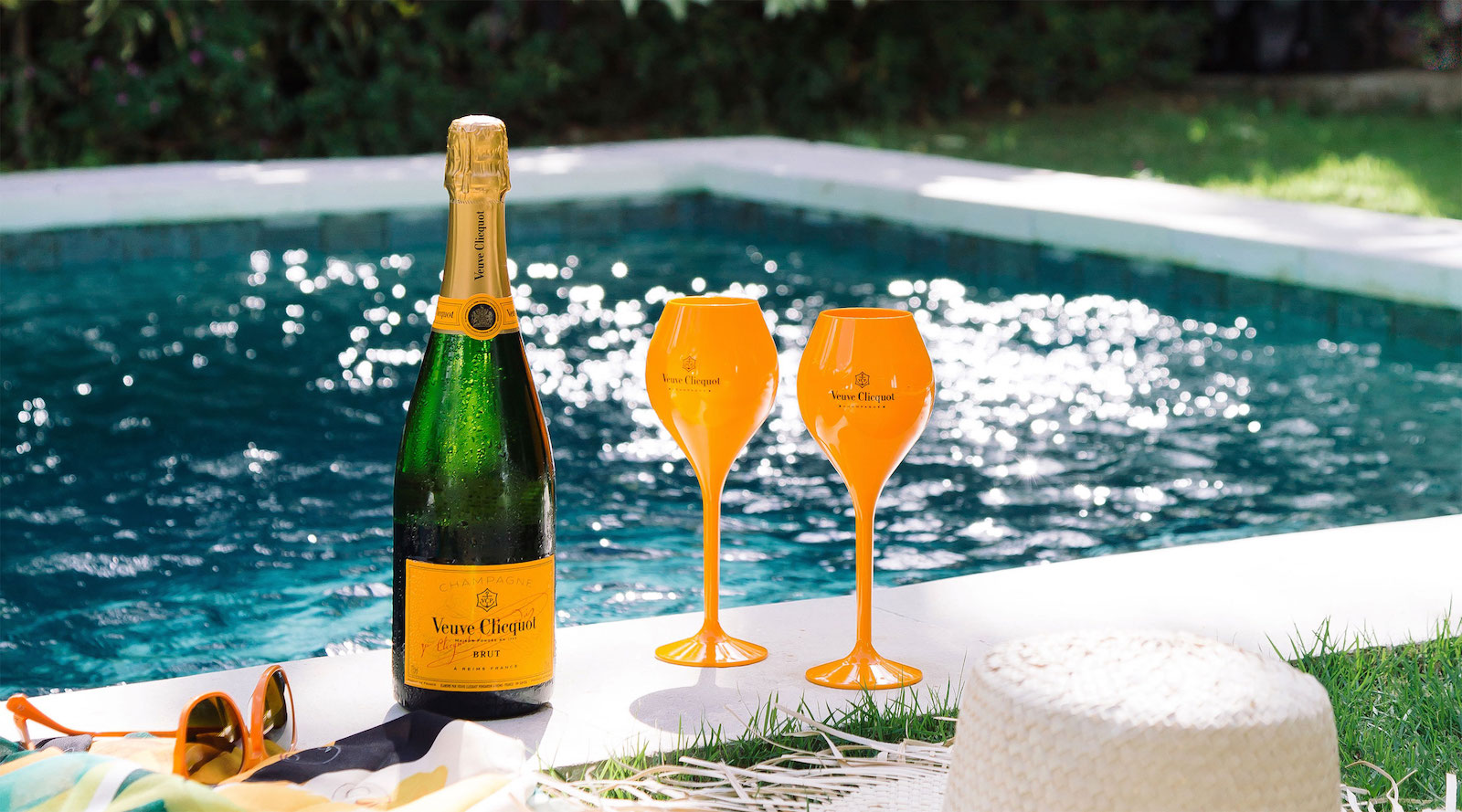First published February 2019...
There’s no sugar-coating the fact that it’s set to be another challenging year for the UK wine trade as the squeeze on margins continues and Brexit uncertainty continues unabated. Not to mention declining numbers of regular wine drinkers, enticed by the allure of gin, craft beer and even the low and no alcohol scene. Amidst the doom and gloom however, there is room for optimism. To quote Albert Einstein, “In the middle of difficulty, lies opportunity”.
It’s well documented that strong brands are more resilient when times are tough (See reports by Kantar Brand Z, WARC and Millward Brown to name a few). But how do you build brand equity in the first place? How do you standout in a sea (or vineyard) of Sauvignon Blanc with a limited budget? And how can you protect your margin?
FMCG brands have been showing how it’s done for years. The best of them own a unique point of difference that goes beyond their functional product attributes. They elevate their brand to engage consumers on an emotional level and become more than another substitutable product.
Consider how Gü chocolate puddings revolutionised a commoditised, own-label category? Rather than waxing lyrical about hand-harvested cocoa, or intense dark flavours, it established itself as the brand of naughty dessert decadence for grown ups. Whilst taste cues and provenance are important aspects of the overall offer, leading with these messages would never have captured consumers’ imaginations in the same way.
Why don’t wines take the same approach? Why do many producers think brand building is not for them? Why do we see so many new wines looking almost identical to the next wine in the category, lacking personality and storytelling and merely acting as a descriptor for the contents?
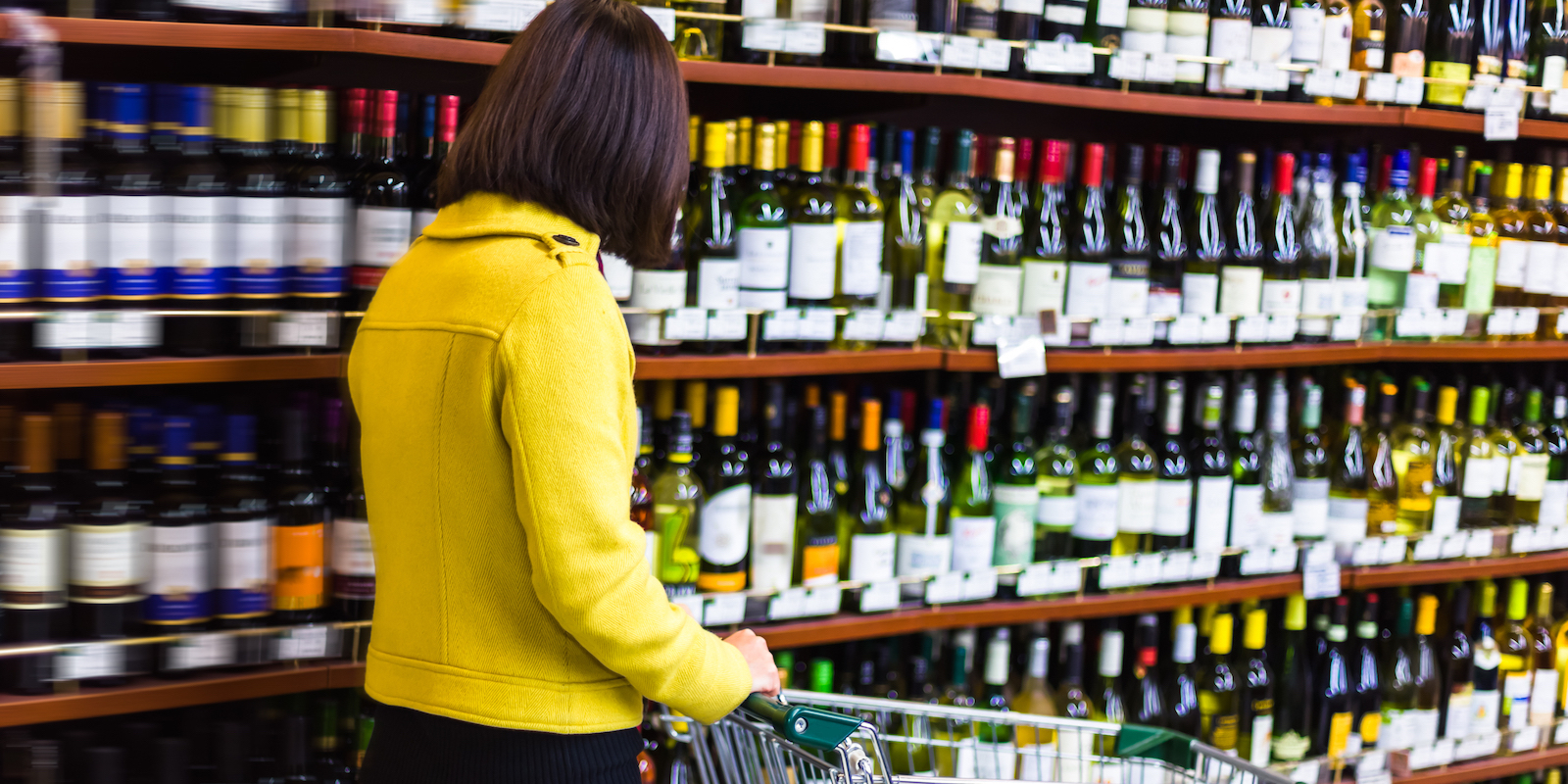
We buy products, but we become loyal to brands. To ignore this, is to miss out on a huge opportunity. The pull of an engaging story; The allure of something original and beautiful; The reflection of our personal values; This all leads us to placing a higher value on brands rather than products.
Where to start? What steps do you need to take to move from wine label to wine brand? Here, we provide five tips for success:
Start with WHY?
As leadership guru Simon Sinek says, “People don’t buy WHAT you do; they buy WHY you do it.” The most successful brands have a clear purpose that not only sets them apart from the competition, but also drives everything they do. Love it or loathe it, BrewDog took the beer market by storm with a clear mission to rid the world of faceless, bland beer. Not every brand has to have such a radical purpose, but it does need to understand the value it brings to the world beyond making money. To be brand-led, (as opposed to product-led) is to create a stronger market position that is much harder to imitate or substitute; and adds value to the bottom line by facilitating better margins and a healthier balance sheet.
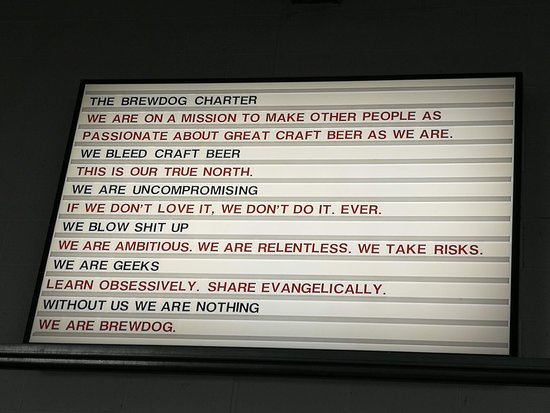
Find your voice
It’s all very well having knowing what your brand stands for, but you also need to be able to communicate this vision to your audience. With increasing cynicism of institutions and big business, there’s never been a more important time for brands to find an authentic tone of voice. The word ‘authentic’ is horribly over-used in marketing, but the sentiment is not. The way you, your employees and your brand speaks should feel natural, genuine and above all, consistent if you’re going to build trust and belief in what you have to say. Healthy soda Ugly has successfully disrupted the soft drink sector and has a huge Instagram following. Its tone of voice is witty, punchy, upbeat and uncontrived – the founders say it’s the way they talk to each other in the office. It means that every brand encounter, regardless of the source, sounds like it comes from one voice and feels entirely believable. Finding the right brand voice will guarantee to get your audience on side. Speaking of which…
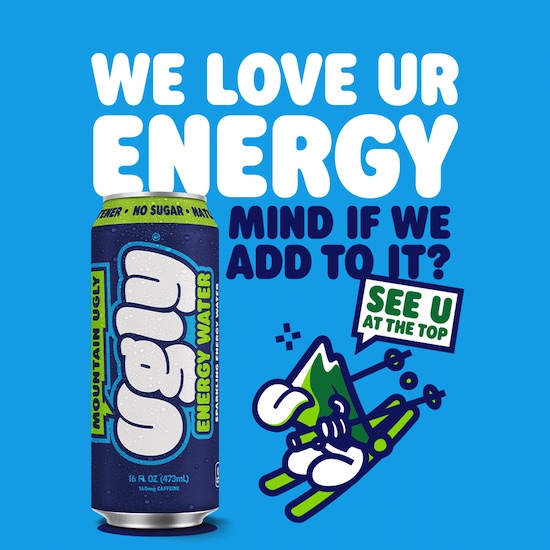
Know your audience
There’s a Japanese word – otaku – that describes the desire of someone who is so obsessed with something, they’ll go out of their way, or pay over the odds to get it. More often than not, they’ll evangelise about it too. Having worked out what they stand for, successful brands will find the group of people who really care about what they have to say – they’ll find those with the otaku. Halo Top became the best selling ice cream in America, overtaking Ben & Jerry’s and Haagen Dazs without spending a single penny on traditional advertising. Instead, with a clear purpose to bring the world great-tasting, full-flavour ice cream without the guilt, it targeted diabetics, fitness fanatics and ice cream obsessives. Understanding the needs of these audiences, the brand engaged with them through social media, building a loyal and dedicated following. The take-out: find your otaku.
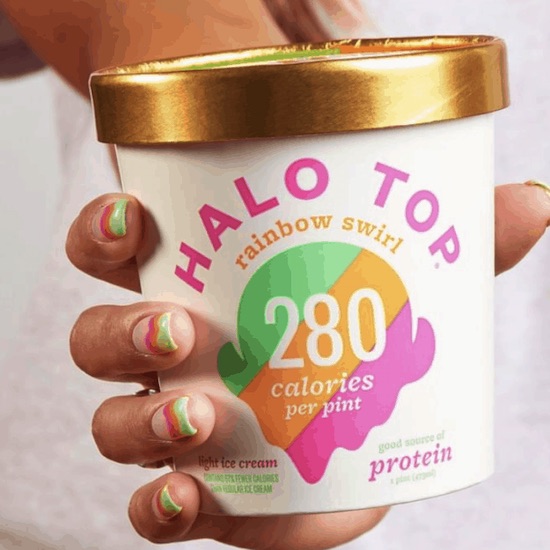
Zig when others zag
Humans are hard-wired to notice different, novel or surprising things, it’s known as the Von Restorff effect. Take a look at the poster below... which one is more memorable? In spite of this knowledge, it’s amazing how few visual differences there are between wine labels. Most follow established category norms in a bid to convey trust, authenticity or credibility. That’s not to say you should be different for different’s sake, but understanding how to zig, when others zag, (for the right reasons), is key if you want your brand to get noticed.
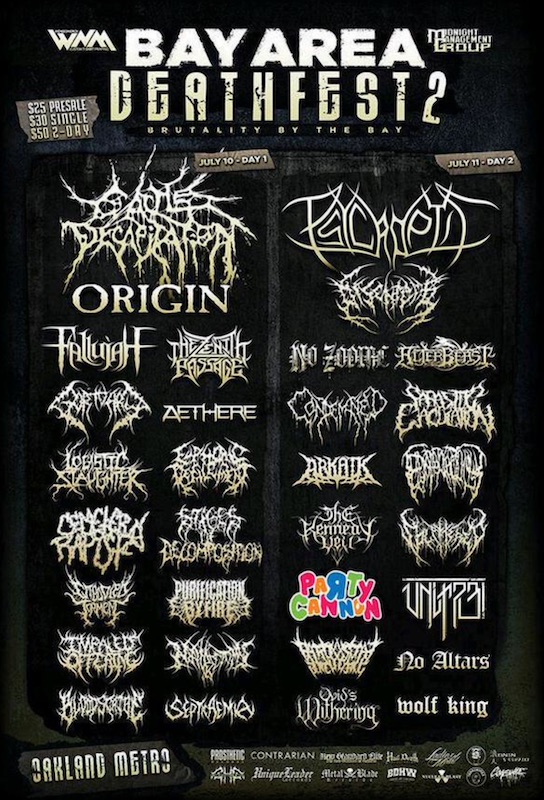
Work your assets
The late advertising guru, David Ogilvy once said, “It’s not the whiskey they buy it’s the image”, and the best way to cultivate a strong brand image is to be consistent in the way your messaging and visual branding is applied across everything you do. It’s surprising how many businesses think, “job done” once the pack is designed. Like any experience, (especially in the premium and luxury sectors), every detail and every encounter contributes to our overall impression. Champagne houses like Veuve Clicquot are masters at consistently communicating their brand assets to the point that they are instantly recognisable and create a seamless luxury brand experience. Consumers will come into contact with your brand in many ways beyond the packaging – think about how every single touch point can be used to reinforce what you stand for.
